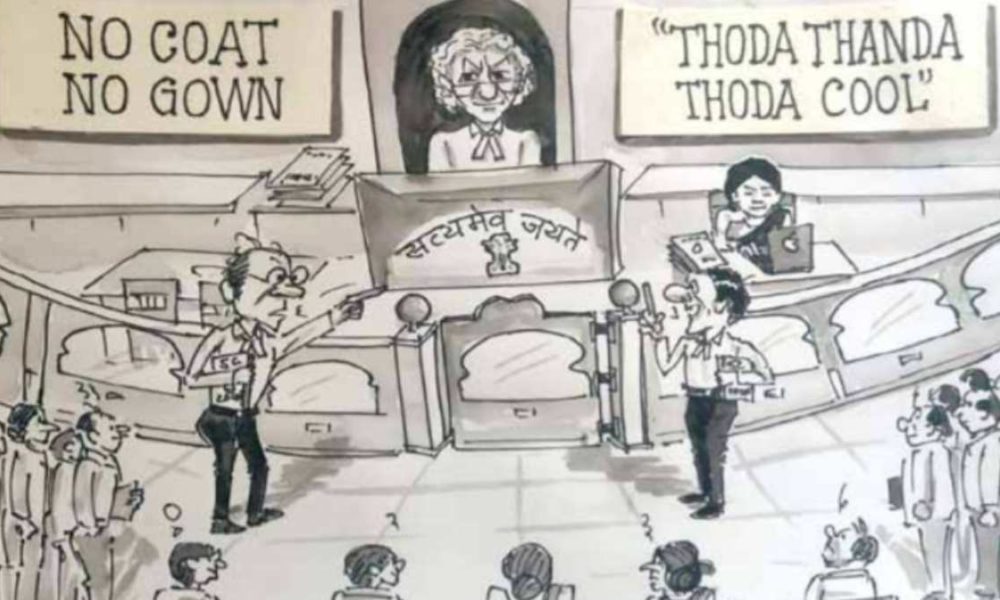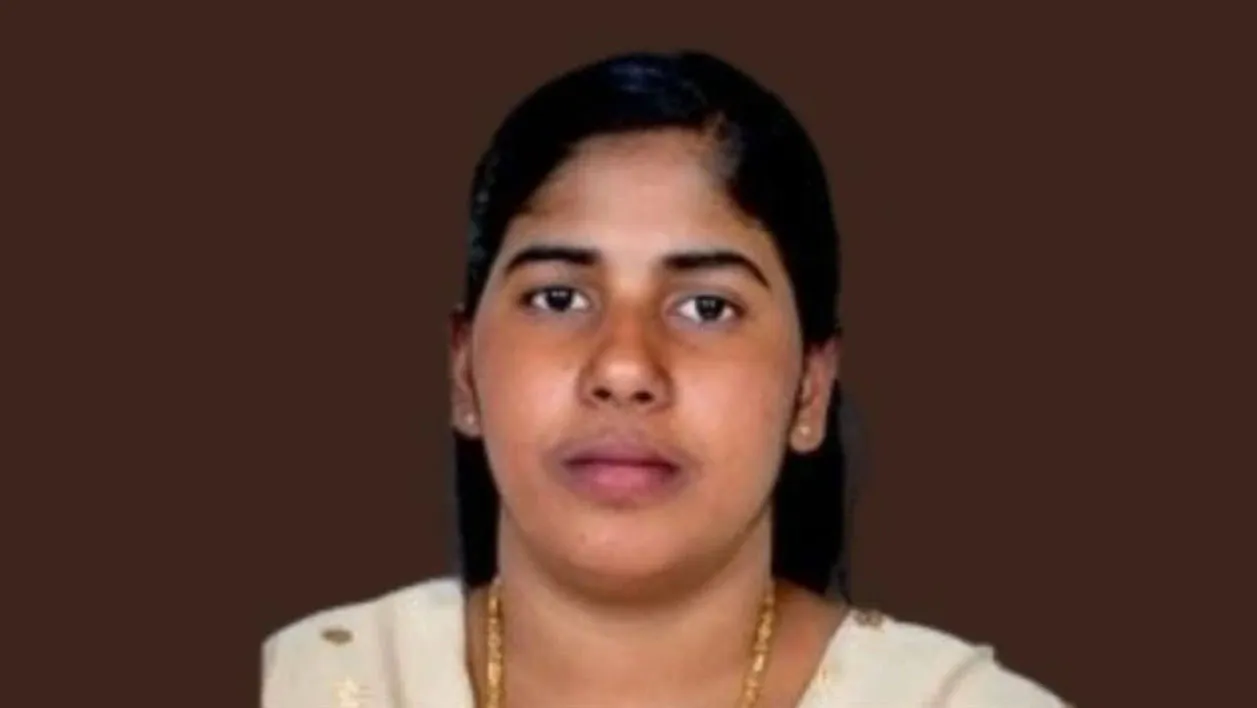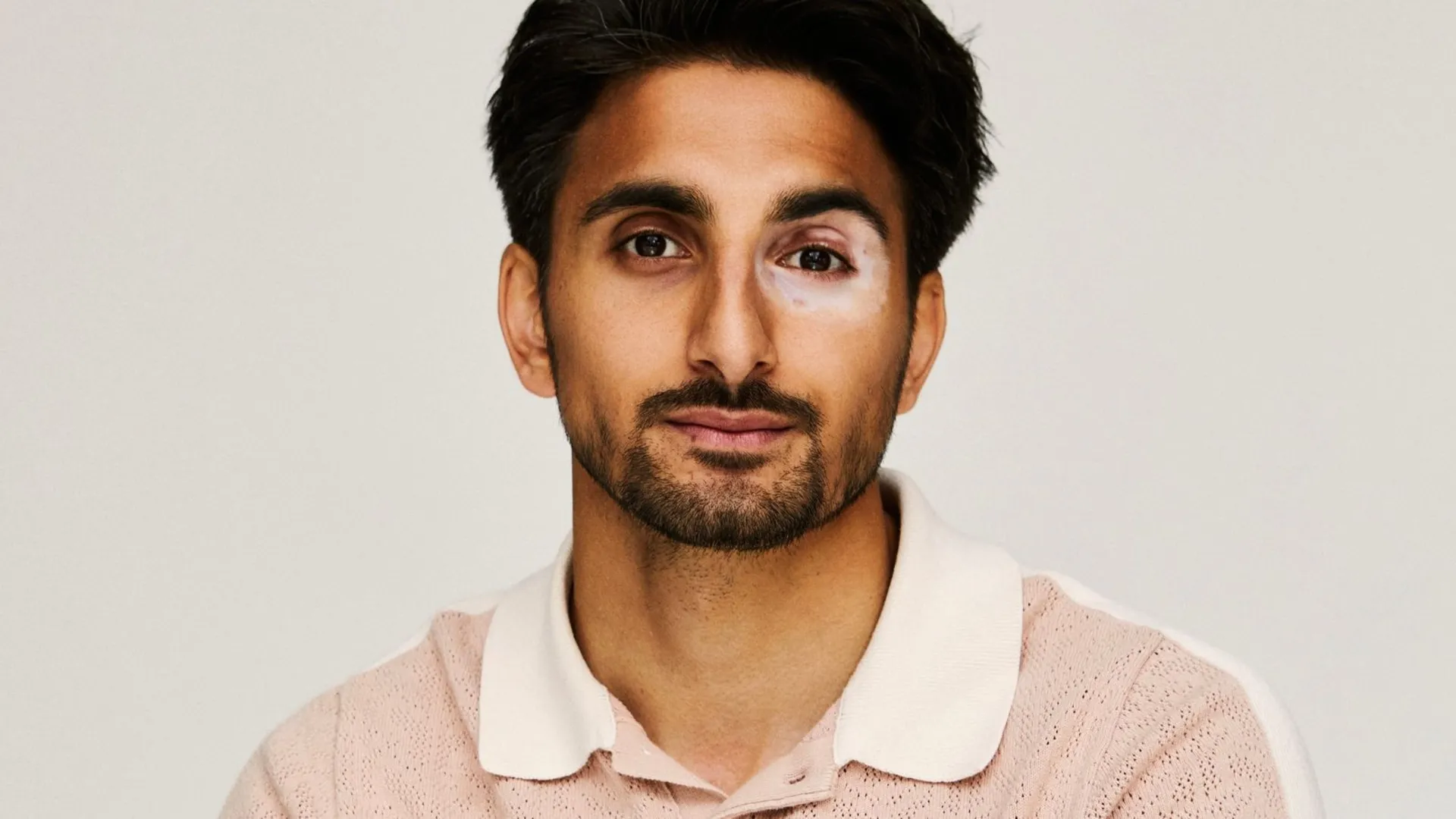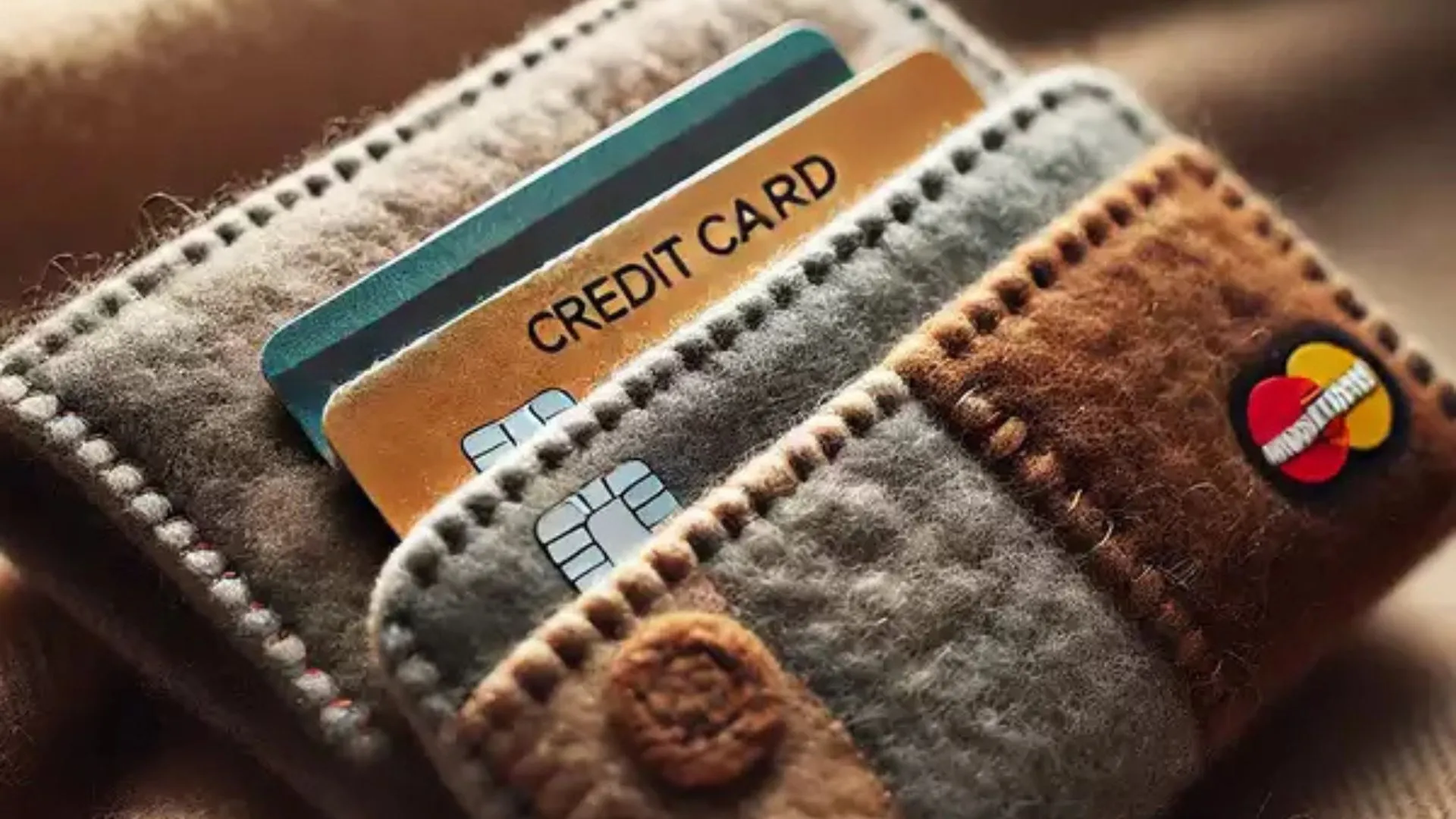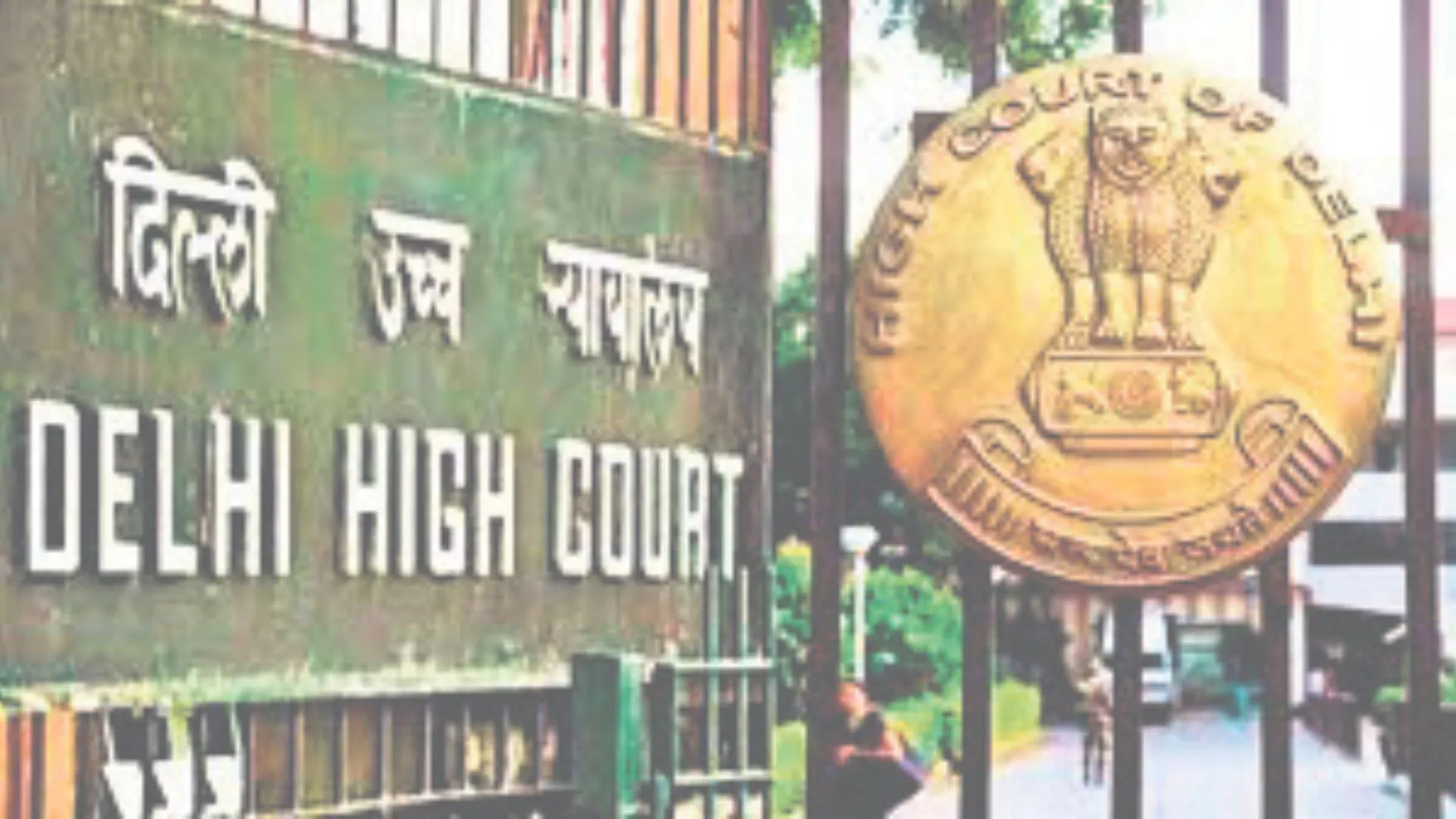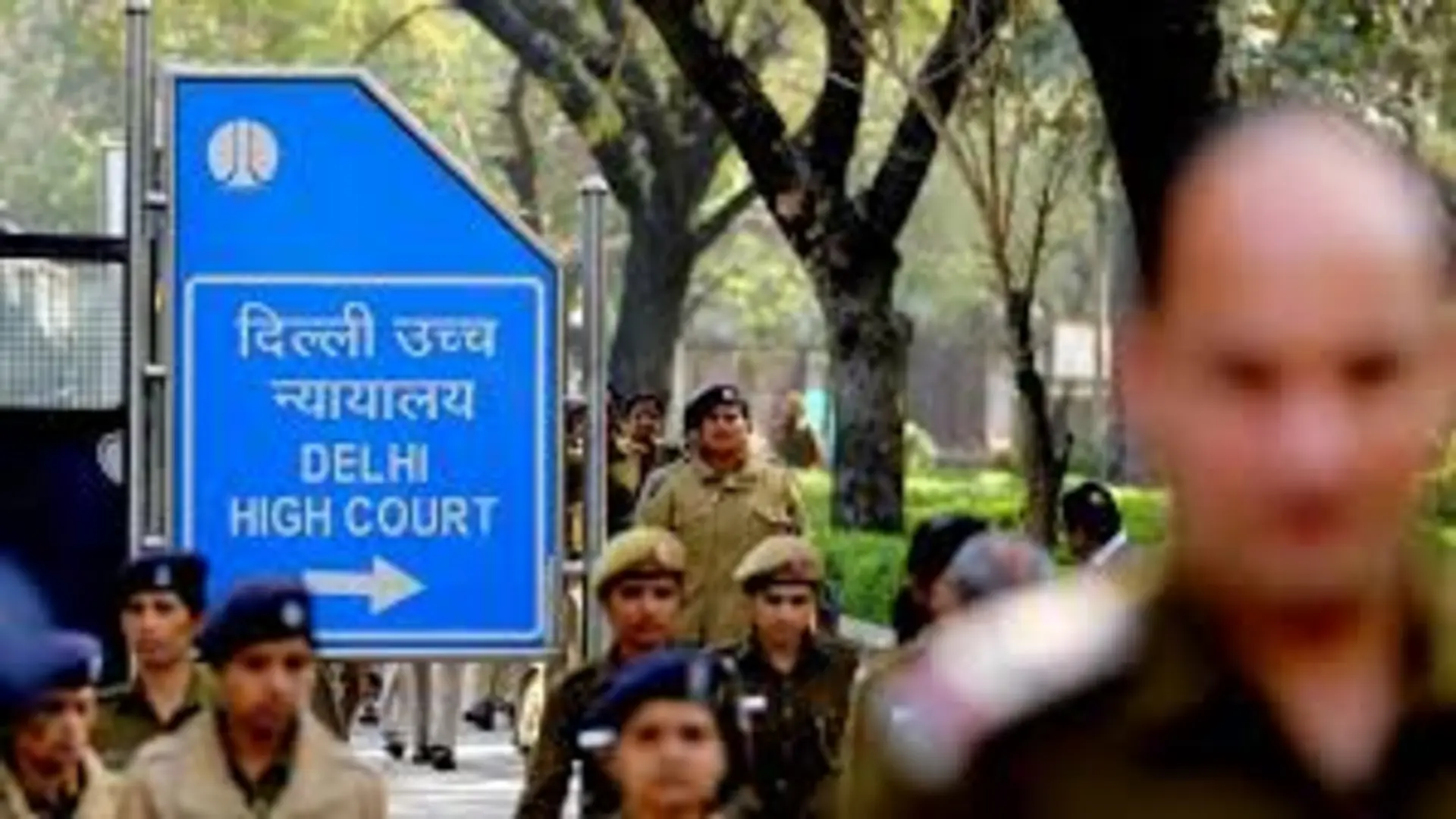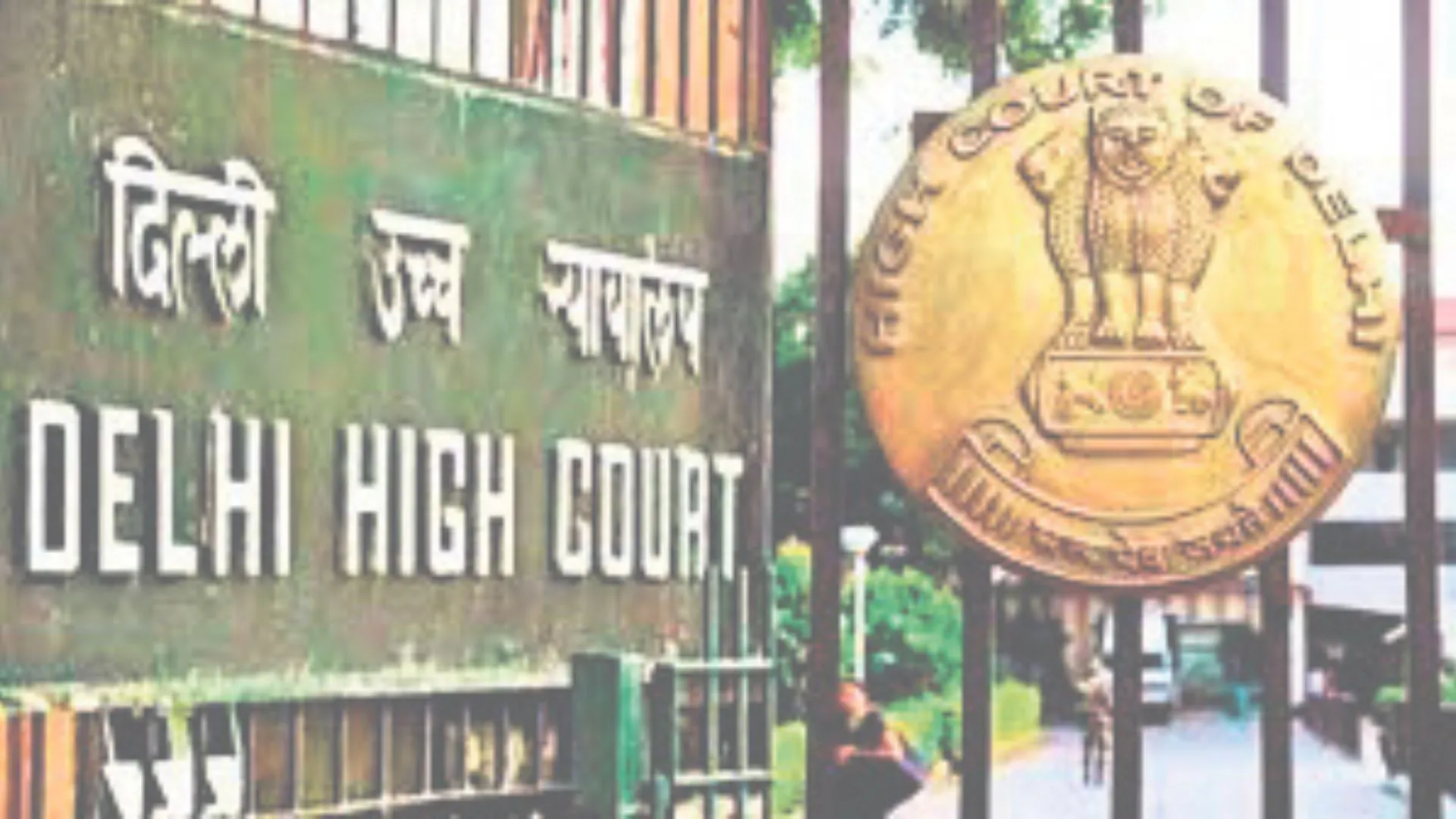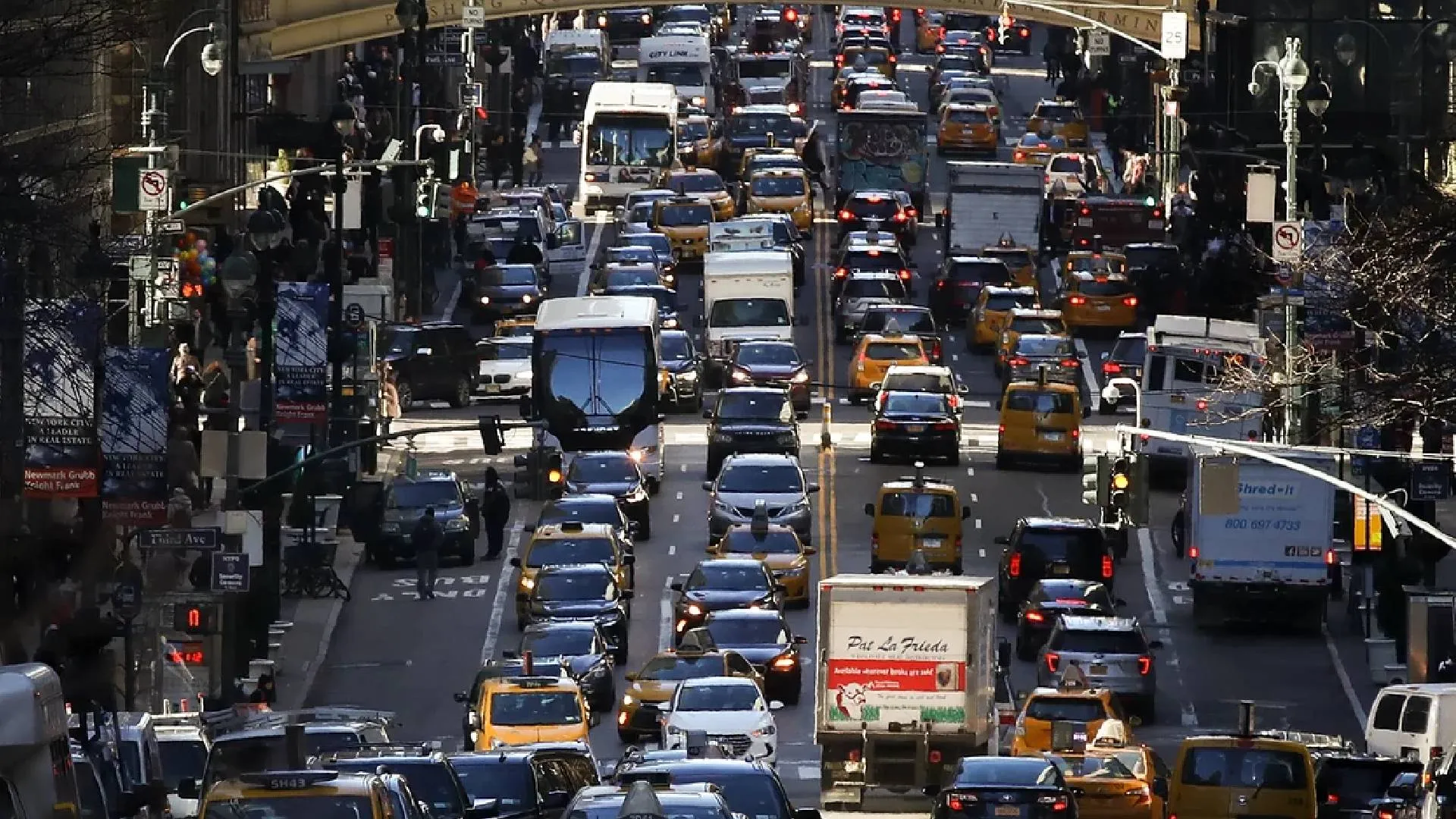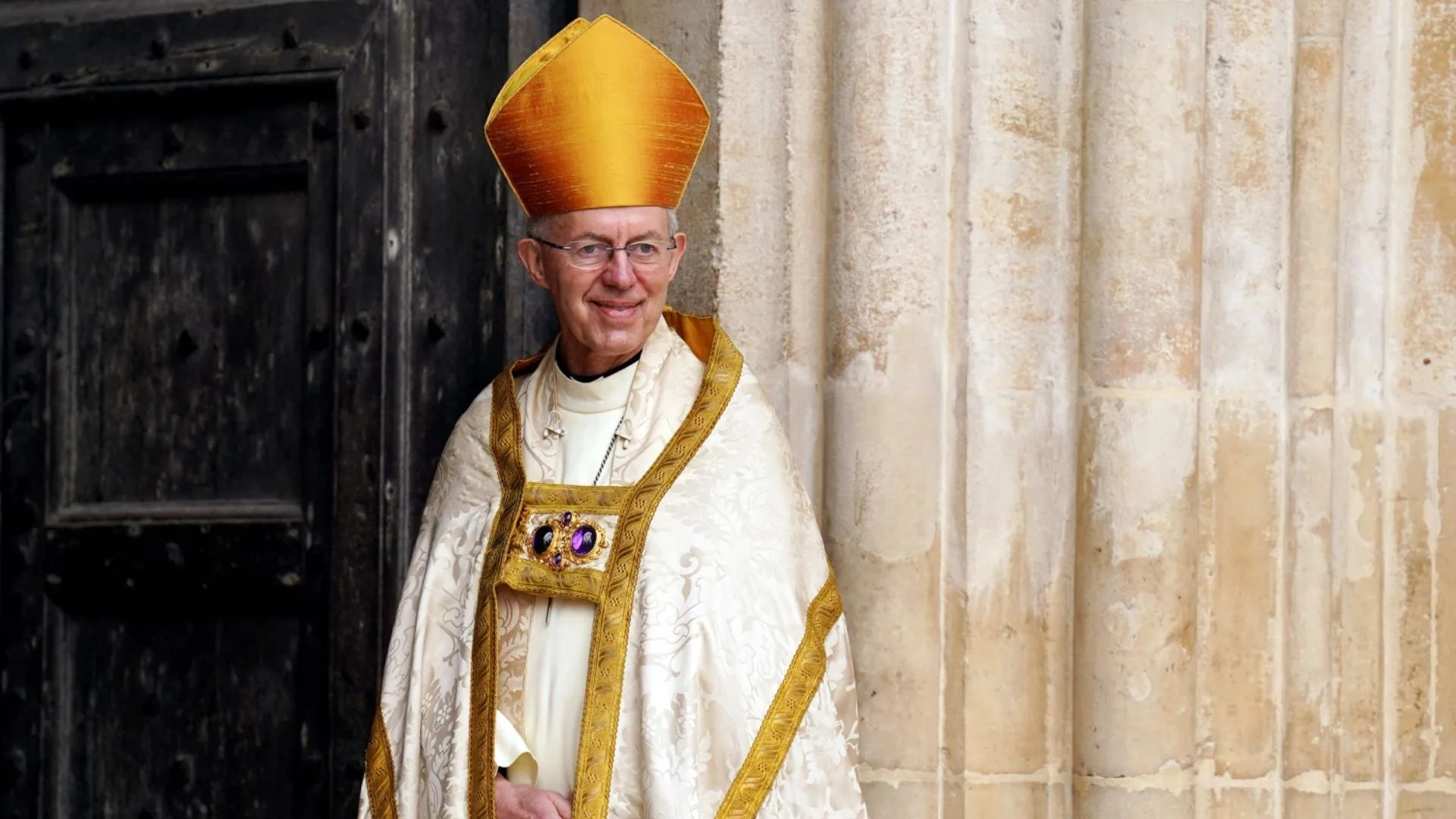Undoubtedly the last three months have been choppy waters for lawyers around different jurisdictions, where the entire focus has been to survive well and to sail through these times with minimal setbacks. We are still stunned.
At a complete loss to interpret the new situation where the courts and law offices are closed, there would be clients who might never come back resulting in many legal engagement opportunities being shunted out permanently.
Indeed COVID-19 has introduced many challenges, but it has also provided us some unique opportunities. For us lawyers it is probably to redefine the way we have been working in the legal sector.
On that thought, this lockdown has provided us an opportunity to dive into the sacred aspects of the age old legal traditions, customs and practices followed in legal practice and to do a “manthan” of the same. In our understanding Corona provides Indian legal fraternity, three terrific opportunities.


OPPORTUNITY-1
At the peak of COVID-19 the measures taken up by the Indian Judiciary are commendable and pathbreaking. One such measure is the exemption granted to advocates from wearing black gown and coats until further orders, as a preventive step to contain the spread of Coronavirus.
Most of us feel that the black coat and gown has become a fundamental part and an identity for the legal fraternity. As it is often said that one may not recognise an IAS officer passing by but can easily identify a “Vakil” because of his black coat. Nonetheless we also cannot deny that the black coat, gown and the white band is a part and parcel of the imperial colonial legacy. This recognition, however, comes with its own set of prejudice and stigmas attached thereto.
The history of a dress code in the legal system dates back to the time of King Edward III of England. The wigs were also the fashion of that era. It was believed that the gown and wigs gave a degree of anonymity to the judges and lawyers. While exporting the treasures of “sone ki chidiya” to their homeland, the British imported their Colonial legacy of the gowns, coats and wigs to India. But after Independence this was simplified. The robes were made plain black and wigs were dropped so we remained partly colonial in our outlook.
While in 2011, the Supreme Court of UK has itself dispensed away with the traditional wig and gown subject to certain terms and conditions. In Australia, the court dress varies from state to state, from court to court and even within the same courtroom. Whereas in various African Countries, court dresses are lightweight to suit the climatic conditions. In Sweden there is no official court dress for judges and in the United States, lawyers wear business attire in courts of all level.
Judge’s Dress Code Today
*Judges and lawyers appearing in criminal courts still wear traditional wigs and gowns which can be dispensed in cases involving children.
Attorney’s Dress Code Today
*Judges and lawyers appearing in criminal courts still wear traditional wigs and gowns which can be dispensed in cases involving children.
Here the concept of “uniform” is not discouraging as it is crucial to project certain uniformity in the identity and purpose of the legal fraternity. There is no denial that “vesh bhusha” of legal professionals act as a distinguishing factor which makes us stand out in the crowd. But now we have an opportunity to relook and reimagine the dress code considering the climatic conditions specific to each state and other factors, while taking all the stakeholders into confidence. As every coin has two sides, no doubt that the black coat distinguishes us but at times it also leads to insinuations, caricatures, ridicule, stereotyping and above all generalisation of all the lawyers.
With the passage of time the colours black and white has been widely associated with the legal profession, therefore some permutation and combination of the same may be considered. In cities like Delhi white shirt with black trouser for male advocates with the crucial white band accompanied by a black Nehru jacket in winters, serves the purpose of distinguishing an advocate. Correspondingly, a combination of white and black salwar kameez, sari, etc. with the white band for female advocates serve the purpose.
OPPORTUNITY-2
It is often said, modern problems calls for modern solutions. The swift switch to digital ways of conducting court proceedings by way of video conferencing and e-filling is another remarkable measure that the Judiciary has taken to ensure that Courts in the nation especially the Supreme Court and the High Courts remain operational and functional to address urgent matters even during the entire lockdown. Such an upgradation was much needed which ensured that the hues and cries of people did not go in vain.
According to various reports, a total of 116 benches of different permutations and combinations of the Supreme Court heard 835 matters during a total of 22 days between March 23 and May 01, 2020. Similarly all the courts in Delhi, including the Delhi High Court, have dealt with more than 11,427 urgent matters after the lockdown till May 02, 2020. Further, as per the data collected by National Judicial Data Grid (NJDG), 832 civil cases out of 3094 and 40,095 criminal cases out of 90,742 filed during the pandemic have been disposed-off. These statistics surely comes as a ray of hope from the Judiciary.
While Indian Judiciary has taken giant steps to ensure e-filing of matters, the effect of such filing in enhancing justice delivery has been phenomenal. In fact, the series of e-filing which Trust Legal did before the Delhi High Court for urgent litigations were a breeze in comparison to physical filing. This brings us to the next big step which can be taken, i.e. to completely do away with all physical filings as it will not only benefit the lawyers but will also save valuable hours of court staff for more productive work.
OPPORTUNITY-3
In another first, with the advent of June 2020, Court No. 3 of the Supreme Court went paperless on the first day of June 2020. In the absence of files and papers the Judges were also seen making notes on their respective systems. Hon’ble Mr. Justice D.Y Chandrachud who is also the Chairman of Ecommittee, Supreme Court, and a pioneer advocating the cause of digitalization and e-filing led the three judges bench to conduct the first paperless proceeding.
Being an environment lawyer for majority of my career and being the award winning law firm in the category of Environment by the IBLJ, 2020 we feel responsible to highlight the importance and necessity to effectively switch to e-filing. Simply computing, there are over 60,000 matters pending before the Supreme Court as on March 01, 2020. Assumingly each matter is of 100 pages and if approximately 8 set of files are required for each matter, which can also increase depending on the number of parties involved, it can alone account for 4,80,00,000 pages which undoubtedly is massive.
Statistics Depicting the Trees and Water required for the Hon’ble Supreme Court’s filing in 10 Months
Further, as per our basic research, more than 39,000 cases were instituted before the Delhi High Court in 2019. Assuming that a bare minimum of each petition consist of 50 pages of 4 sets of each, it accounts for 78,00,000 pages in just the Delhi High Court. Needless to say, other major High Courts which caters to the needs of a much larger population like the Allahabad High Court, would have a much more significant number of pages.
Similarly, there are various National level Appellate Tribunals, in some of which like the Telecom Disputes Settlement and Appellate Tribunal (TDSAT) 4 sets of petition are required to file. In 2019 about 1011 petitions were filed before APTEL, accounting to 4,04,400 pages assuming a bare minimum of 100 pages per petition were used.
In computing the above, we have not taken into account other documents like the replies, rejoinders, evidences, applications, etc. and the pages utilised thereof. The more deeply we look the grimmer the situation is.
A shift to a virtual mode of hearing and e-filling is no longer an option but a necessity. It will make the Courts more accessible to litigants and advocates in various parts of India, reduce the considerable amount of expenses incurred in travelling and ofcourse save paper so as to ensure that adverse environmental impacts are also mitigated.
Interestingly, the Government has also done a commendable job with setting up the system of e-filing of Income-Tax returns, GST returns, ESI/PF filings, TDS, e-tenders and many more.
Ofcourse a sudden paperless judicial system is not expected, but we can definitely aspire to move in that direction even after COVID-19 crisis is over and take our first steps for the same. The easiest way to move in the said direction is to first digitalise and bring the Efiling system in place permanently for the Supreme Court, the High Courts and Tribunals across India. Also not to miss, it is necessary that this exercise is made simpler to ensure that the benefits of digitalisation reaches the ground level.
Once Corona deports from our lives, maybe we can objectively assess that apart from the devastation it brought, what are the permanent positive impact it left on the legal practice world. A fundamental shift towards business attire suiting our climatic conditions, shifting to electronic filing for all purposes, saving exceptions and reducing paper consumption will be lauded by the future generations.
Sudhir Mishra is an Advocate and Founder & Managing Partner at Trust Legal. Petal Chandhok is Partner, Trust Legal Rupali Gupta is an Associate, Trust Legal.

